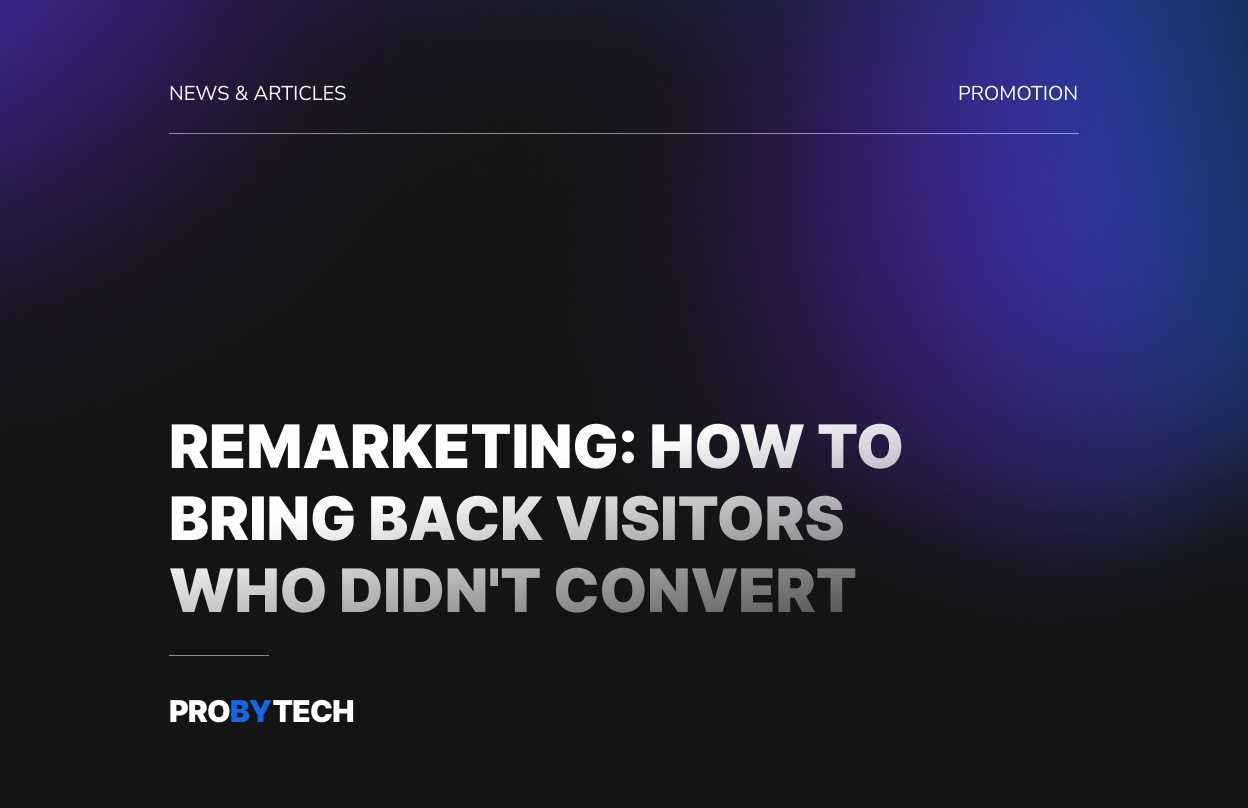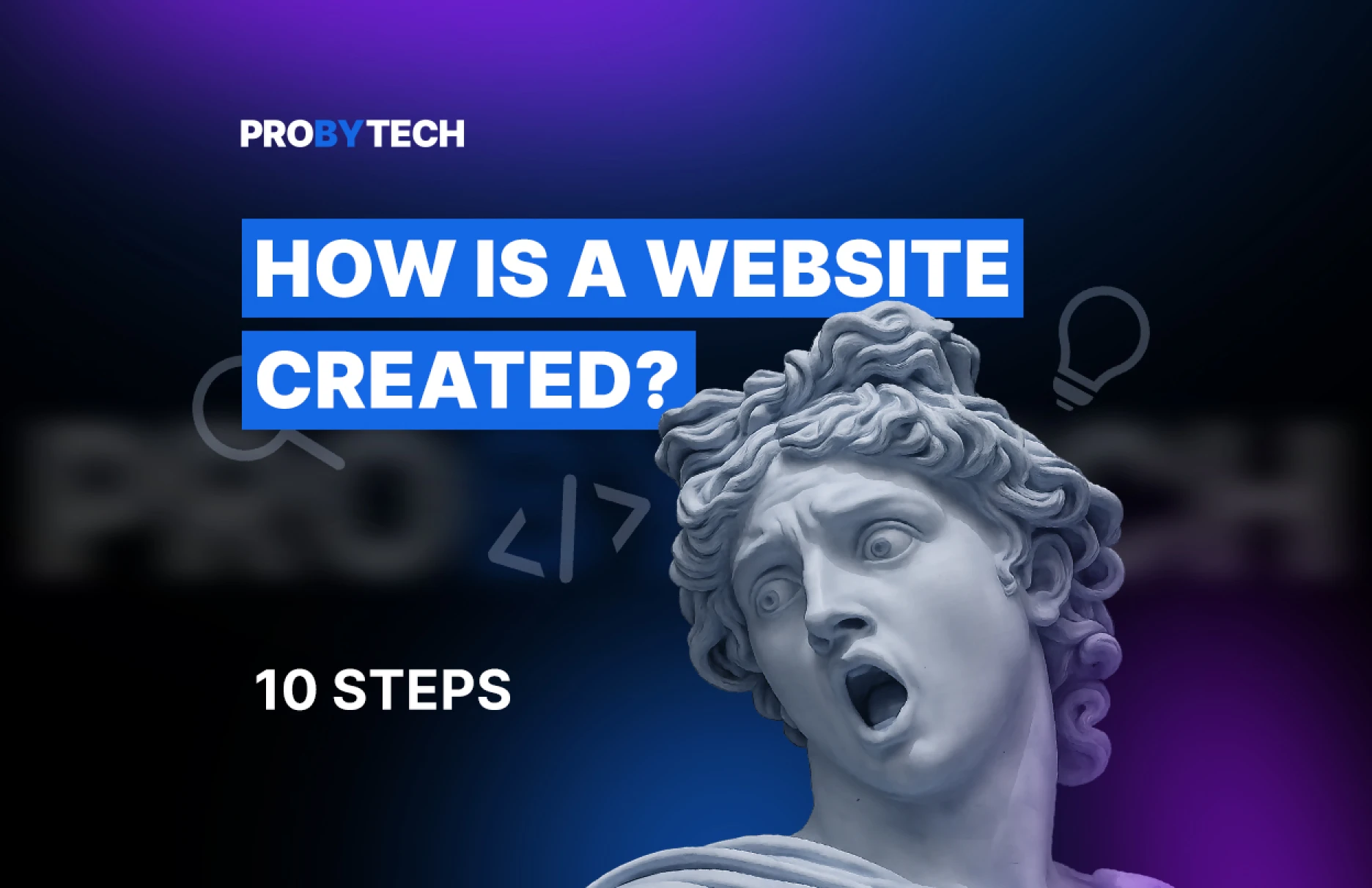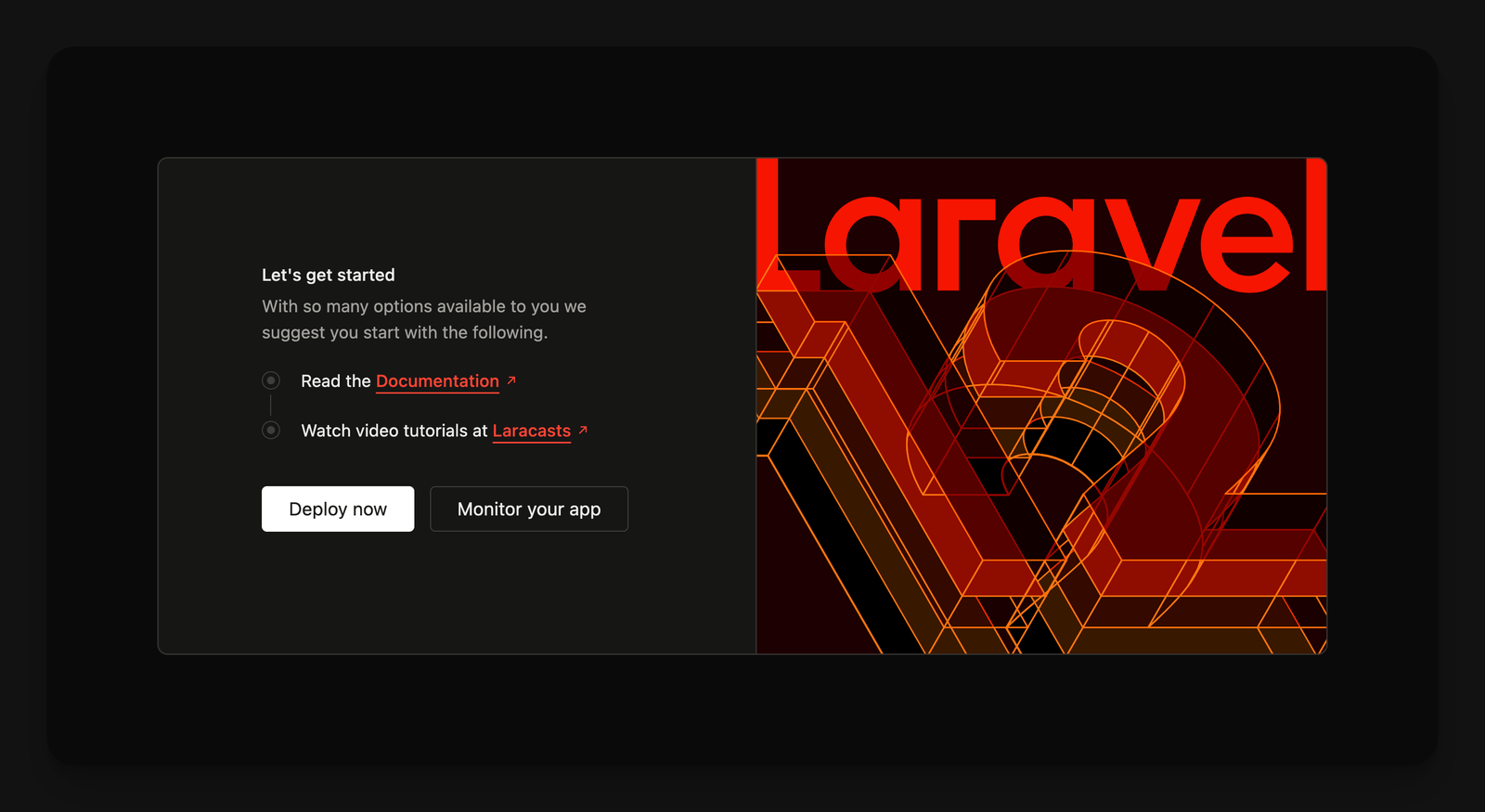How to Adapt a Website for a B2B Audience: What Really Matters to Corporate Clients

A B2B audience isn’t just “another type of user.” These are professionals who make informed decisions, assess risks, and seek reliability over emotion. That’s why a B2B website must follow entirely different rules than a B2C one. Its purpose isn’t an instant sale — it’s building trust and clearly communicating value.
1. Website Structure: Logic Over Emotion
A B2B visitor doesn’t come to “browse” — they come to understand.
They want answers to key questions:
- How can you help my business?
- What projects have you completed?
- What guarantees, timelines, and terms do you offer?
Your site structure should be logical and predictable, leading visitors “from problem to solution.”
Essential pages include:
- About the Company — focus on facts, experience, partners, and certifications.
- Services / Areas of Expertise — explain clearly who benefits and how.
- Case Studies or Portfolio — short but strong stories: the task, solution, and result.
- Contacts & Simple Forms — no long or complicated inputs.
2. Content: Speak the Language of Business
Emotional marketing rarely works in B2B. What matters here are:
- Rational arguments — efficiency, ROI, reduced risks, scalability.
- Numbers and evidence — show measurable outcomes.
- Client-focused language — instead of “we create high-quality solutions,” say “we help reduce service costs by 30%.”
Ideally, copy should be written or reviewed by a technical expert to ensure credibility and avoid sounding like generic marketing fluff.
3. Trust Is Everything
B2B buyers don’t make decisions quickly. They research, compare, read case studies, and look for proof of expertise.
To build trust, include:
- Client testimonials and logos — ideally with quotes or short case stories.
- Certifications, awards, and partnerships — show your credibility.
- Team section — introduce key people behind the brand.
- Transparent information — pricing, terms, documents — anything that reduces friction.
4. UX & CTA: Guide Users Toward Inquiry
Corporate clients rarely “buy now.” They need time and reassurance.
Instead of pushy CTAs like “Order Now”, use:
- “Request a Consultation”
- “Get a Quote”
- “Discuss Your Project”
The goal is to simplify the user journey. If visitors have to scroll to find your contact or fill out a massive form — they’ll leave.
UX should be intuitive, with conversion elements placed strategically across every stage.
5. Analytics and Personalization
A B2B website isn’t a digital brochure — it’s a lead-generation and data-collection tool.
Integrate CRM, analytics, and tracking to monitor where leads come from, what pages they visit, and where they drop off.
Use that data to craft personalized offers, automate follow-ups, and set up remarketing campaigns targeting interested users.
Conclusion
A B2B website isn’t about being “beautiful.” It’s about trust, structure, and logic in decision-making.
Its main job is to prove that you’re a reliable partner who understands the client’s business and can deliver results better than competitors.
When a corporate client clearly sees why you’re the right choice, conversions naturally follow.
Read next
- PROBYTECH
- News & Articles
- Strategy & Growth
-
How to Adapt a Website for a B2B Audience: What Really Matters to Corporate Clients









